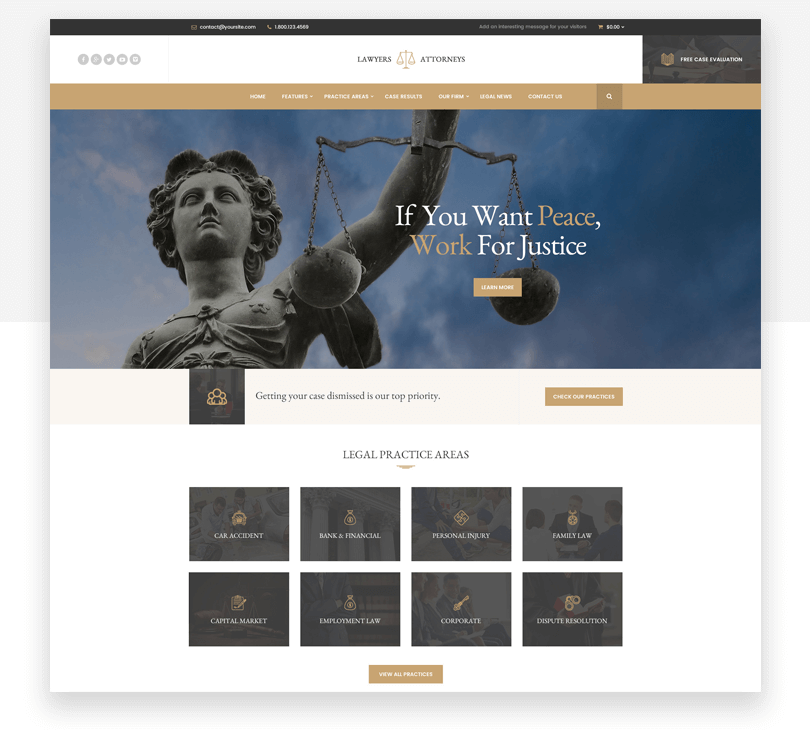
This distinguishes Rapid Manufacturing from the other two applications. Neither rapid prototyping nor rapid tooling is aimed at producing an end product, although they are used to produce high fidelity prototypes. This is particularly interesting for the production of smaller quantities or individualized products. Rapid manufacturing is used to create functioning end products. Rapid tooling refers to the rapid production of tools using the same process that is used in rapid prototyping. Over time, the terms rapid tooling and rapid manufacturing have also been combined to form the generic term rapid prototyping. This is used to precisely describe the object geometries, which can then be used by the rapid prototyping systems. The development of a data interface is required for implementation. Rapid Prototyping Origin: Initially, rapid prototyping was used exclusively to describe processes for the rapid production of samples, models, or rapid prototypes using generative processes.ĭigital and three-dimensional design data must always be available for production. What exactly rapid prototyping is, what advantages the process brings with it, how it works, and in which areas it can be applied, you will learn here. The rapid prototyping technology also includes 3D printing applications, CNC Machining, and several other manufacturing methods that tend to produce high fidelity prototypes. In practice, the model and application purpose can be chosen in such a way that hybrids of the distinctions made above are created and individual aspects such as user feedback are particularly emphasized. The budget, the goal of the project, and the stakeholders involved (for example, external agencies) provide the framework for guiding prototyping. The choice of a suitable model (vertical, horizontal) and application purpose depends on many different factors in each individual case. They already contain a large number of the targeted functions and can be carefully tested by users. This is also referred to as pilot systems.
RESPONSIVE TEXT WIDGETS JUSTINMIND SOFTWARE
At each stage of development, feedback loops with users, developers and clients ensure that the final product meets the requirements profile.Īs a rule, one version of the software is always kept executable. These samples are intended to help answer technical questions and to be able to check the project as such for its feasibility. This is often referred to as lab samples, throw-away protoypes.

The knowledge gained from this experiment or test is incorporated into the actual product. 4- Experimental prototypingĪ design is created with basic functions and tested with regard to its feasibility. Demonstrators are used in the acquisition and early phases of a project to make abstract requirements and problems clear and communicate them during development. In this context, we also speak of demonstrators, rapid as well as paper prototyping. Subsequently, the functionalities are refined to assess whether the software solves the assumed problem and meets a user’s need. The requirement profile of a software is clarified step by step by generating prototypes iteratively and quickly in a test environment. Horizontal vs Vertical Prototyping 3- Explorative prototyping Further, it helps you understand how testing changes over the course of your innovation process.

RESPONSIVE TEXT WIDGETS JUSTINMIND FULL
It provides a full overview of the key test mechanisms available, layouts of typical KPIs, indication of reliability and effort as well as straightforward recommendations. The UNITE approach to testing lays out the best ways to test your innovation, enabling you to choose the right test to move your innovation forward. Unnecessarily high costs and a painstakingly long process are all too common.

Many companies struggle with their prototyping process. Prototyping is an approach that allows very early feedback from involved developers and especially from end-users by placing a strong emphasis on communication during the development process. Prototyping can be viewed as a step-by-step approach to the finished end product: A prototype becomes a finished product over the course of the project – for example, a website, an app, or a more complex software application. Prototyping is the development of a sample or prototype (in software engineering). What Is Prototyping? The Prototyping Definition


 0 kommentar(er)
0 kommentar(er)
